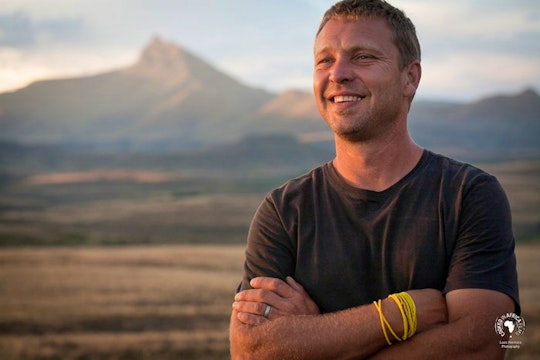The new cook-cum-armchair-travel book, Cooked in the Karoo, by South African filmmaker, bush cook, and television personality, Justin Bonello, is the perfect combination of history and food; taking us on a culinary journey through the big sky semi-desert Karoo to walk in the shoes of the incredibly hospitable people who struggle to survive here.
But Cooked in the Karoo isn’t all that will tempt you to trek into this arid landscape. Justin Bonello has something else in store for those of us who love to explore unchartered territory and catch a glimpse into a life unlike our own. Karoo: Land of Thirst is a TV production in the making and we fell in love with its refreshing look into the heart of the Karoo.
Fascinated by Justin’s travels through the Karoo, we managed to pin him down for a Q&A to find out more about his explorations & discoveries in the Karoo.
What first inspired you to write Cooked in the Karoo and create the Karoo: Land of Thirst TV series?
Some 30 odd years ago I would go up with my mom who was working on two Afrikaans films set on a farm called Elandsvlei in the Karoo. So that was my first introduction to this space, which only really resonated with me later in my life. Then some years later, while we were shooting an episode of Cooked 5 in the Karoo, I came across some Afrikaans writing on a wall: “I’ve injected poison into myself. Don’t worry; I’m going to die in the town. I had no choice.”
Those words still send shivers down my spine and it was then that I realised that I needed to find out what was happening to this place that was once an agricultural heartland of South Africa. So some years later we set out on a two-year journey to make a travel log series about the Karoo to try and bring this space to life. Kitchen smarts and knowing how to survive out there is a very interesting aspect of the semi-desert, so off the back of the series we decided to make an accompanying book.
Food says a lot about someone’s culture. How does Karoo cooking reflect the local culture?
One of the first books that I read while researching the Karoo was Plains of the Camdeboo by Eve Palmer – this book was once considered the definitive book on Karoo food and lifestyle. It describes lavish meals and recipes from the flourishing orchards, vegetable gardens, and animals on the farm, but that was over 50 years ago and although those farms do still exist, it’s a dying culture. So now, what you’re left with in terms of the food and culture is very basic and practical. When you live out in the middle of this vast semi-desert in temperatures ranging from 40 degrees Celsius in the day and below freezing at night you have no choice but to be practical and I really like that. It’s not about fancy food, it’s about good, simple, down to earth food and that’s representative of the culture – down to earth, humble, and practical.
What typical Karoo dishes can we expect to see in your book?
Well naturally you can expect to see some lamb dishes, but the truth is that the majority of the recipes in the book come from people that we met along the way. Much of it comes from trying to make good food with practical ingredients that we travel with or that we can get on the farms. You can look forward to Angora goat sausage from a farmer that I met in Jansenville, fat-wrapped lamb liver parcels called skilpadjies, and some unconventional dishes that you won’t get to experience unless you visit these farms, like sheep tails.
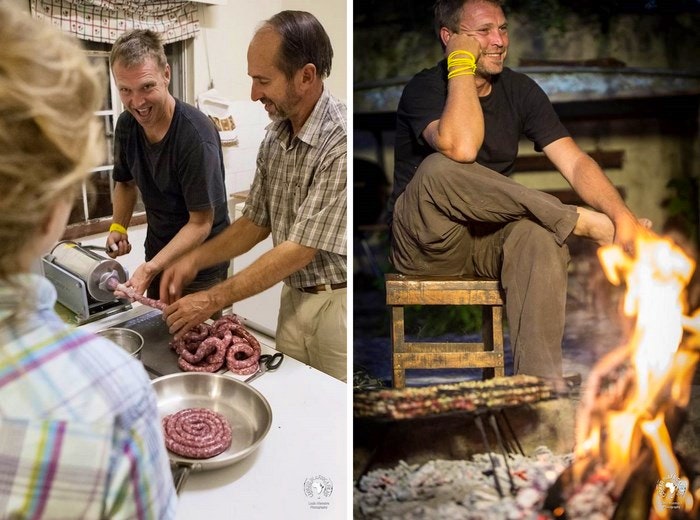
What is your favourite Karoo dish?
We had so many different dishes which I tried for the first time. Tripe, sheep’s brains, lamb testicles – you name it; I tried it – but I think my personal favourite would have to be kliprib. They were the best ribs that I’ve ever eaten in my life and they’re so simple. It’s literally a rack of ribs sandwiched between two hot rocks with salt and pepper. Done.
Has Karoo cooking changed your outlook on food in any way?
Massively. One of the reasons that I started this journey through the Karoo was to reconnect with the people at the beginning of our food chain – the farmers – and in doing so I was able to rekindle a connection to how our food is produced. The thing that stood out the most for me with regards to food was the respect that farmers have for any animal that they slaughter – and of course they would because they invest their lives into rearing these animals. The result is that not a single bit of the animal goes to waste and they literally harvest it from snout to tail, which is something that we city slickers have forgotten all about.
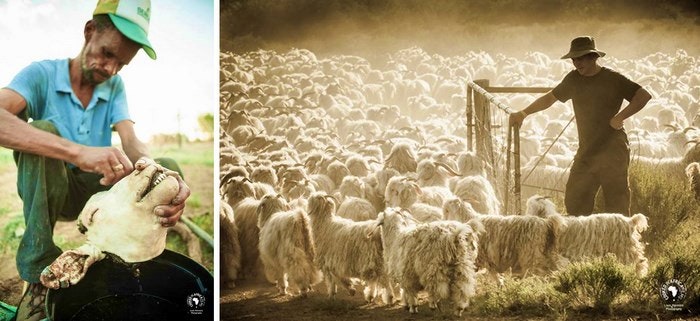
You talk about the “incredible hospitality” of the people of the Karoo. What does this look like?
We’re a small film crew of about seven on these types of shoots, but that’s still quite a few people to host, and we’re a motley bunch at the best of times. Nine out of ten times we didn’t know any of the people we visited from a bar of soap and everywhere we went we were always welcomed into their hearth and homes with such kindness and generosity. So that’s the kind of hospitality I’m talking about that we consistently encountered in the Karoo, no matter where we went.
Part of your mission was to share the stories of the people in the Karoo. What stories stood out for you?
When you meet these people face to face, you get to truly understand their trials and tribulations. Everything from a goat farmer in Carnarvon who lost 300 goats to bad weather after they had been shorn, or the seventh generation farmers moving to cities because they can’t make a living anymore, or new young blood returning to the Karoo and escaping the city because they like the lifestyle. So I think the stories that stood out to me were the ones that represented the truth of the Karoo and that balance between where it came from and where it’s going.
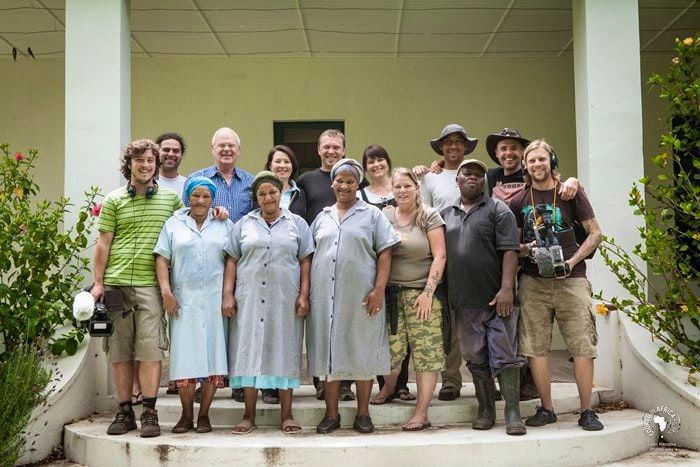
You spent 2 years travelling through the Karoo. How long would you recommend the average South African spend in the Karoo to get a feel for it?
The only way to really experience the Karoo in all its glory is on the ground. The entirety of the Karoo is absolutely breathtaking, but to really experience the nuances of this space, you need to venture off the beaten track into the small towns and farms. You couldn’t spend enough time there but if you can get away for a week or so you’ll get a taste of its wonder. But again, it’s such a rich region that you could spend ten days there and travel less than 200km.
The Karoo is typically characterised as arid and barren. Did anything surprise you about the land during your travels?
It is extremely arid and barren, but will change from place to place. So there were days where we had 45 degree days and other times when we were camping in snow. The problem is that most people just think of it as one large, barren semi-desert, but the truth is that there are different regions and each of these regions has its own personality. I suppose the surprising thing is that each one of these personalities gets under your skin.
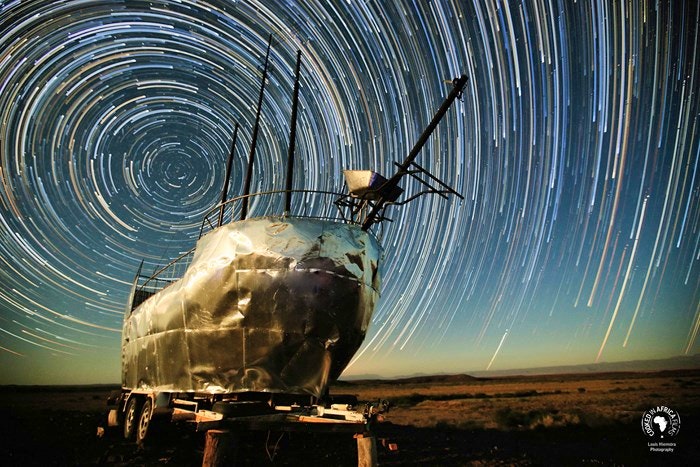
The Karoo is often overlooked as a holiday destination. Why should people visit the Karoo and where would you suggest they start?
The Karoo is hugely overlooked as a holiday destination. Most people just pass through it as they drive along the N1 between Cape Town and Johannesburg and never venture off the beaten track to truly discover its wonder. I think people should visit this place because it really has something for everyone, whether you’re interested in palaeontology, photography, writing, or star-gazing, but more than that it is simply a vast and beautiful landscape where you can really escape the urban grind. It’s a place of solitude, peace, and space. As a farmer once said to me, “This is the place where God comes to think”. And if you’re wondering where to start? The Karoo is huge – 400 000km² and covers a third of South Africa’s landmass – so start at the closest place to you. If you explore enough, you will most certainly discover its beauty and wonder.
Where are your favourite places in the Karoo?
The Tankwa Karoo will always be my favourite part of this space. I think that’s because I’ve got such fond memories of being there as a child, when I used to go up with my mom when she was shooting the movies, and ultimately it’s where my love affair with the Karoo started. I still go there often and I still think of it as an absolutely breathtakingly beautiful part of the Karoo.
Are there places you wouldn’t go back to?
Well, there was the Ouberg Pass that took out the sump of one of our cars, there was the Tankwa road that just ate our tyres…no just kidding – I love it all! There isn’t a place that I wouldn’t love to go back to.
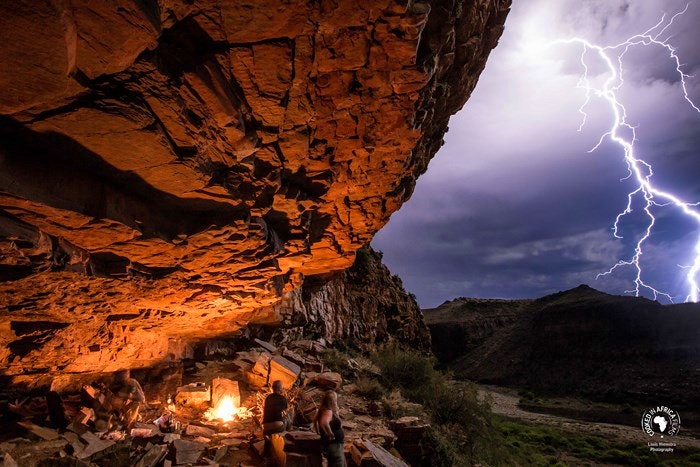
Are there any life lessons that you are taking away from this experience?
Yes, probably too many to mention but throughout my journey in this space I found that I kept asking myself: why did I come here? And I think I’ve finally answered that question for myself. You go to the Karoo to find out who you are. When you travel with a group of people it teaches you about them and it teaches them about you. I found that it taught me a lot about myself and helped in discovering who I am.
Now that you’ve explored the Karoo, where to from here?
Well, there’s definitely a return to the Karoo somewhere in my future. But following the story of the Karoo farmer, I’ve got a couple projects lined up, one of which is about the conflict between farmers of the domesticated animals that we eat and wild nature. I’m not going to reveal too much though, but I have big things planned that I’m still trying to figure out how to do. So you’re just going to have to watch this space!
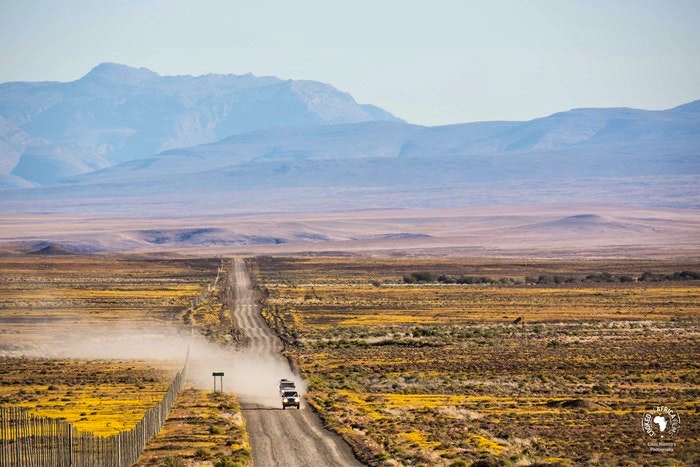
Have you discovered the hidden beauty of the Karoo?
Image credits to Louis Hiemstra

